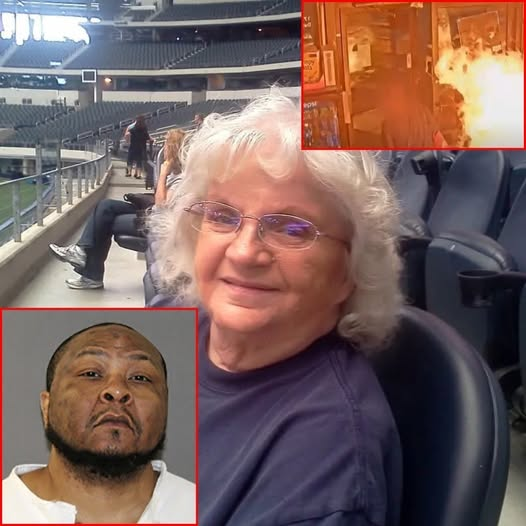
Crime and Conviction
Matthew Lee Johnson, 49, was executed by lethal injection on Tuesday evening in Huntsville, Texas, for the 2012 murder of 76-year-old Nancy Harris, a beloved store clerk and great-grandmother. During a robbery at a Garland convenience store, Johnson doused Harris with lighter fluid and set her on fire. Despite severe burns, Harris survived for several days and was able to describe her attacker before succumbing to her injuries.
Legal Process
At his 2013 trial, Johnson confessed to the crime and expressed remorse, citing the influence of crack cocaine. His defense team presented mitigating evidence, including a history of substance abuse and childhood sexual trauma. Appeals raised questions about the constitutionality of Texas’s “future danger” requirement in death penalty cases. However, the Texas Board of Pardons and Paroles denied clemency, and Johnson’s attorneys chose not to pursue further appeals to the U.S. Supreme Court.
Execution Context
Johnson’s execution was one of two carried out in the U.S. that day, alongside the execution of Benjamin Ritchie in Indiana. The date marked exactly 13 years since Harris was attacked. Johnson was the fourth person executed in Texas in 2025 and the 18th nationwide. His case is part of a recent surge in executions across several states, including Florida and Tennessee.
Remembering the Victim
Nancy Harris was a well-known and cherished figure in her community, having worked at the same convenience store for over a decade. She lived nearby and was described by her family as a devoted mother of four, grandmother of 11, and great-grandmother of seven. The violent nature of her death and the strength she showed in her final days deeply affected her family and neighbors.
Reflection and Aftermath
Johnson’s execution closes a 13-year chapter in a case that continues to raise questions about justice, rehabilitation, and the role of capital punishment in the U.S. While Johnson acknowledged his guilt and expressed remorse, the courts ruled that the nature of his crime justified the death penalty. The case remains a poignant example of both the pain inflicted by violent crime and the complexities surrounding America’s justice system.

